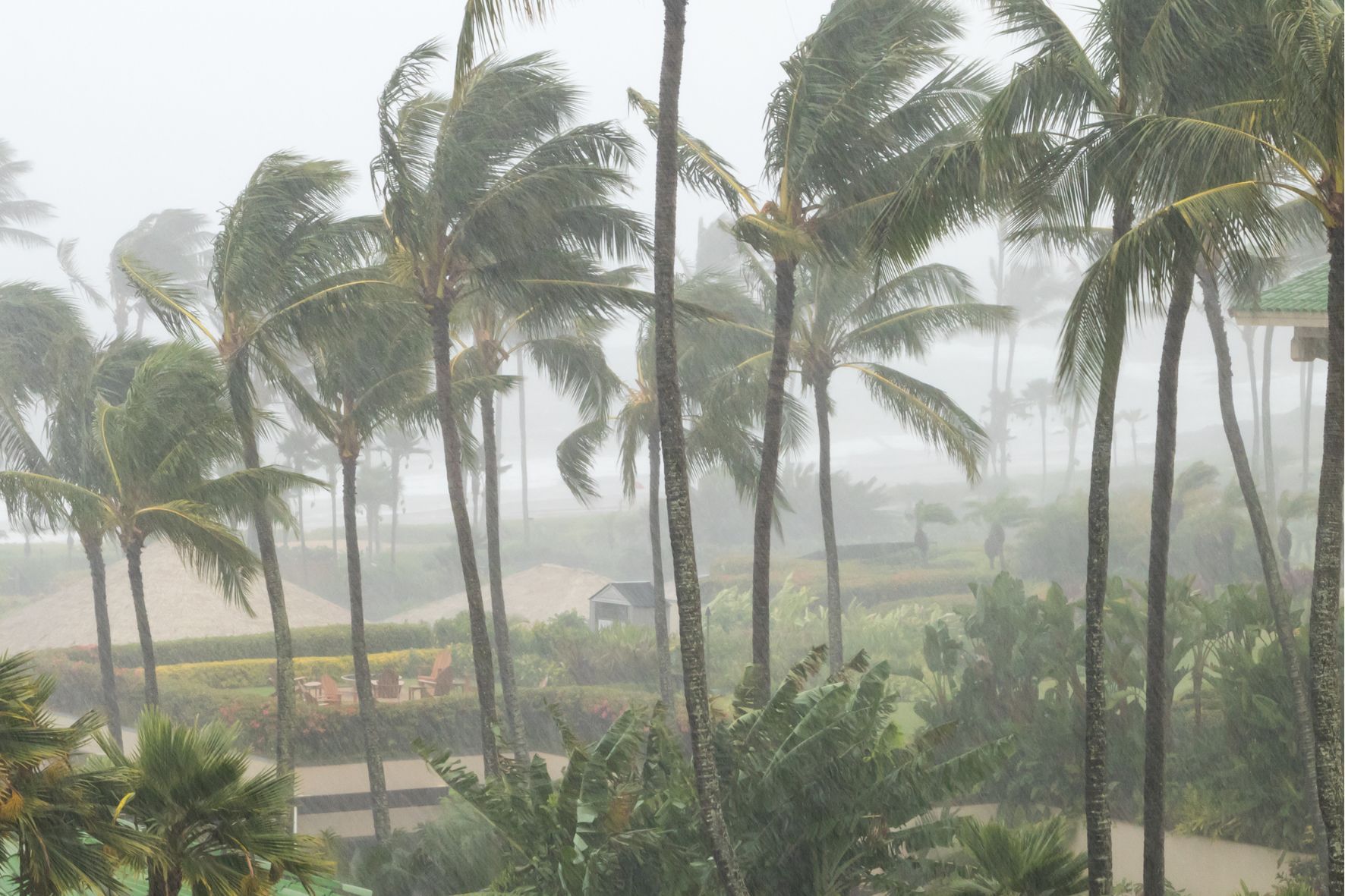Hurricanes are among the most destructive natural disasters, capable of causing immense damage to homes, businesses, and entire communities. High winds, heavy downpours, and storm surges all combine to wreak havoc during these powerful storms. For those living in hurricane-prone areas like Florida the damage can be catastrophic.
From tearing apart buildings to flooding homes, hurricanes bring destruction on a massive scale. While you can’t stop a hurricane from happening, understanding the type of damage it can cause can help you better prepare for and recover after a storm.
In this comprehensive guide, we’ll explore the various ways hurricanes can damage properties and offer tips on how to recover after one strikes. We’ll also provide key steps to take in order to prepare your home, ensuring that you and your family remain as safe as possible before, during, and after the storm.
Common Property Damage Hurricanes Can Cause
Hurricanes are classified into five categories, based on their wind speeds, and these categories can give you a general idea of the potential damage. However, hurricanes are not just about wind—they also bring flooding, storm surges, and even tornadoes, all of which can cause significant damage to buildings and infrastructure.
Wind Damage
Winds during a hurricane can exceed 157 miles per hour in the most extreme cases, and even Category 1 hurricanes have winds strong enough to cause considerable damage. The intense winds can tear off shingles, rip apart siding, blow in windows and doors, and even collapse walls and roofs. Flying debris becomes a dangerous hazard, turning everyday objects into projectiles capable of smashing through windows or causing other serious damage. In the worst storms, homes may be completely torn down by the relentless force of the wind and flying debris.
After a hurricane, it’s critical to inspect your roof, windows, doors, and siding for any signs of wind damage. You may notice shingles that are missing or loose, broken windows, or even structural damage to your walls and roof. If you experience this type of damage, it’s essential to contact a contractor as soon as possible to assess and repair the damage before it worsens.
Flood Damage
Flooding is another major consequence of hurricanes, often causing just as much—if not more—damage than wind. Heavy rain, combined with storm surges, can lead to severe flooding in coastal areas and beyond. Floodwaters can enter homes and buildings, soaking everything in their path. Flood damage can appear as warped drywall, loose or buckling flooring, roof and foundation cracks, and damaged appliances. It can also result in contaminated water wells, broken and frayed electrical wires, and clogged septic systems.
Flooding also creates the ideal conditions for mold and mildew growth, which can become a serious health hazard if not addressed quickly. After a hurricane, it’s important to dry out any water-damaged areas as soon as possible and hire a water damage restoration company to ensure all moisture is removed and any necessary repairs are made.
Structural Damage
Structural damage is one of the most serious types of damage a hurricane can cause. Any harm to your home’s foundation, roof, walls, or other major structural components is considered structural damage. Depending on the severity, this type of damage can render your home uninhabitable and require extensive repairs.
Wind, flooding, falling trees and flying debris can cause cracks, holes, and other issues with your foundation, walls, and roof. If your home has suffered structural damage, it’s important to hire a professional contractor or structural engineer to assess the extent of the damage and make the necessary repairs. Failure to repair structural damage can lead to further issues, putting your home at risk during future storms.
Hurricane Strength Categories
The National Hurricane Center classifies hurricanes on a scale of 1 to 5, depending on the storm’s maximum sustained wind speed. It estimates property damage based on wind shear (strong winds), but rain and storm surges also contribute to the impact.
Home Systems and Utility Damage
Hurricanes don’t just damage the structure of your home—they can also wreak havoc on your home’s systems and utilities. From electrical and plumbing systems to HVAC units and appliances, almost every part of your home is vulnerable during a hurricane.
Electrical Damage
Flooding and wind can cause significant damage to your home’s electrical system. Power surges, downed power lines, and water intrusion can create dangerous electrical hazards. After a hurricane, it’s essential to avoid using any electrical systems or appliances if there is any water present. Contact a licensed electrician to inspect the electrical system and verify that it’s safe to use before turning anything back on.
Plumbing Damage
Plumbing systems are also vulnerable to storm damage. Floodwaters can overwhelm septic systems, clog drains, and even cause pipes to burst. After a hurricane, inspect your plumbing for any signs of damage, such as slow drains, leaking pipes, or sewage backups. If you suspect any issues, contact a plumber to assess and repair the system.
HVAC Damage
Your home’s heating, ventilation, and air conditioning (HVAC) system may also suffer damage during a hurricane. Flooding can cause water to enter the system, damaging components and preventing the system from functioning properly. If your HVAC system has been affected, it’s important to call an HVAC technician to assess and repair the damage before using it again.
Interior Damage
Even if the exterior of your home appears to be intact, the interior may still suffer significant damage during a hurricane. Water intrusion can cause damage to drywall, flooring, insulation, and furniture, while high winds can lead to broken windows and doors. In addition, mold and mildew growth can quickly become a problem if water is not removed from the home in a timely manner.
If your home’s interior has been damaged, it’s important to act quickly to remove any standing water, dry out affected areas, and make the necessary repairs. A water damage restoration company can help with this process, ensuring that all moisture is removed and any damaged materials are replaced.
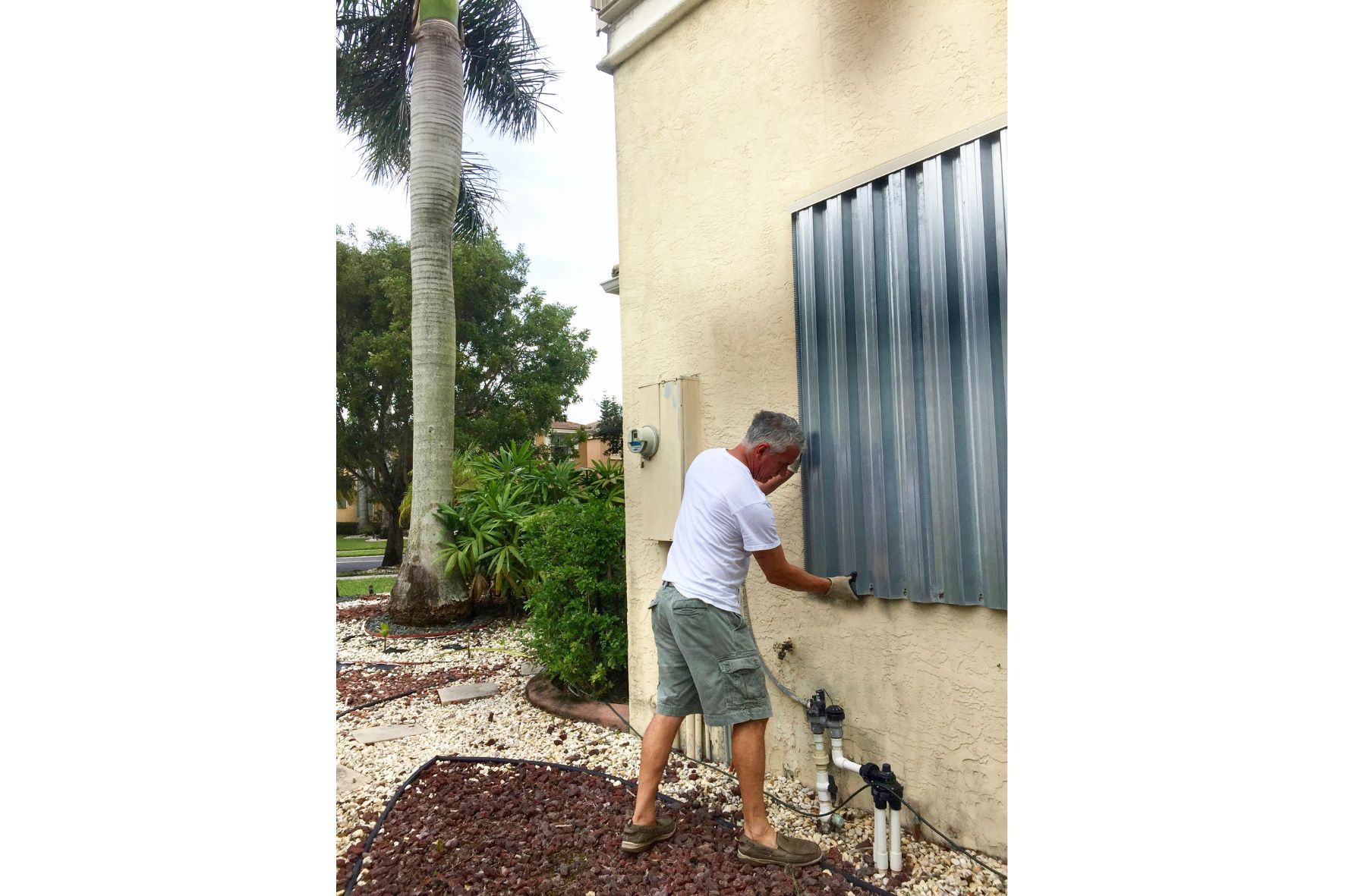
How to Prepare Your Home for a Hurricane
While you can’t stop a hurricane from occurring, you can take steps to prepare your home and minimize the damage. By securing and strengthening your home’s structure and systems, you can reduce the risk of severe damage during a storm.
Here are some essential steps to prepare your home for a hurricane:
Make a disaster plan: If you live in a hurricane-prone area, it’s important to have a plan in place for how you’ll evacuate, where you’ll go, and how you’ll stay in touch with loved ones.
Prepare an emergency kit: Keep essential supplies like food, water, flashlights, batteries, and medication on hand in case of a power outage or evacuation.
Purchase homeowners insurance: Make sure your insurance covers hurricane-related damage, including flood insurance.
Reinforce windows and doors: Install hurricane shutters or impact-resistant windows to protect against flying debris. Ensure doors are secure and reinforced with locks and seals.
Secure the roof: Hire a roofer to inspect your roof and add straps or clips to ensure it’s tightly attached to your home’s walls.
Clear gutters: Keep gutters clean to prevent water from overflowing and causing damage during heavy rains.
Secure loose objects: Store lawn furniture and other loose items that could become projectiles during a storm.
Trim trees: Remove any dead or low-hanging branches to prevent them from falling on your home during high winds.
Hire a pro: You can do a lot yourself, but hiring a professional to help you prep for possible storms is worth the investment. For example, hurricane shutter companies near you can recommend the best products to protect your windows.
Follow warnings: Evacuate if instructed to do so by the authorities, and follow advice from public officials. Sheltering in place during less severe storms is possible, but riding out a severe storm in a home can be dangerous. You’ll be safer in an evacuation shelter or somewhere outside the evacuation zone. FEMA has more details about how and where to evacuate.
Find hurricane preparedness suggestions, checklists, and assistance from the American Red Cross
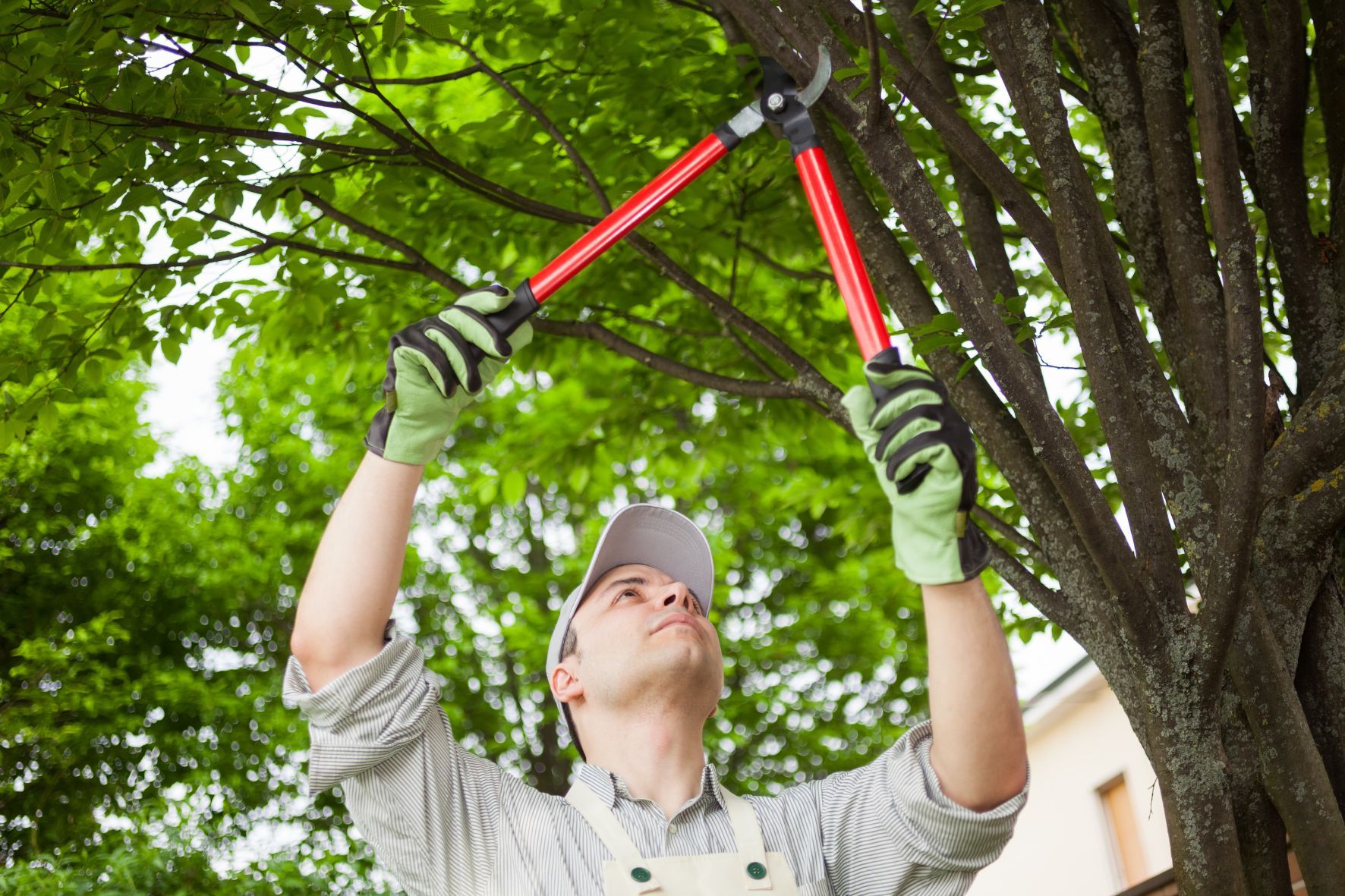
What to Do Immediately After a Hurricane
Once the storm has passed, it’s natural to want to return home and start the recovery process. However, it’s important to follow the guidance of local authorities and only return when it’s safe to do so. Flooded roads, downed power lines, and fallen trees can create dangerous conditions in the aftermath of a hurricane.
When you do return home, follow these steps:
Inspect for damage: Look for signs of structural damage, water intrusion, and electrical hazards. Document the damage: Take photos and videos of any damage to your home, and submit a claim to your insurance company. Hire professionals: Contact licensed contractors to inspect and repair any damage to your home. Prevent injuries: Wear protective clothing and avoid fallen electrical lines or other hazards during cleanup.
Florida’s Vulnerability to Hurricanes
Florida is one of the most hurricane-prone states in the U.S., experiencing more landfalling hurricanes than any other state. Its long coastline, flat terrain, and warm waters create ideal conditions for hurricanes to intensify and cause significant damage. For Floridians, hurricanes are not an occasional threat—they are an annual reality. The state’s geography makes it susceptible to storms coming from both the Atlantic Ocean and the Gulf of Mexico, meaning residents from the Keys to the Panhandle must always be on alert during hurricane season.
Why Florida Faces Severe Hurricane Risks
Several factors contribute to Florida’s heightened vulnerability to hurricanes:
Geography: With over 1,300 miles of coastline, Florida is exposed to storms from both the east and west, as hurricanes can form in both the Atlantic Ocean and the Gulf of Mexico. This wide exposure increases the likelihood of hurricane landfalls. Warm Waters: Hurricanes thrive on warm ocean temperatures, and Florida’s surrounding waters, especially in the Gulf, are often warm enough to fuel strong storms. As hurricanes travel over these warm waters, they gain strength, making landfall more dangerous. Flat Terrain: Florida’s relatively flat terrain offers little resistance to hurricanes, allowing storms to maintain their intensity as they travel across the state. This means even inland areas can experience hurricane-force winds, flooding, and severe storm impacts. Storm Surge Threats: Coastal areas in Florida are particularly vulnerable to storm surges, which are caused by the combination of a hurricane’s wind and low pressure pushing seawater inland. This phenomenon can flood entire neighborhoods, destroy homes, and make roadways impassable. Florida’s low-lying areas, such as the Keys and parts of Miami, are especially at risk for severe storm surge flooding.
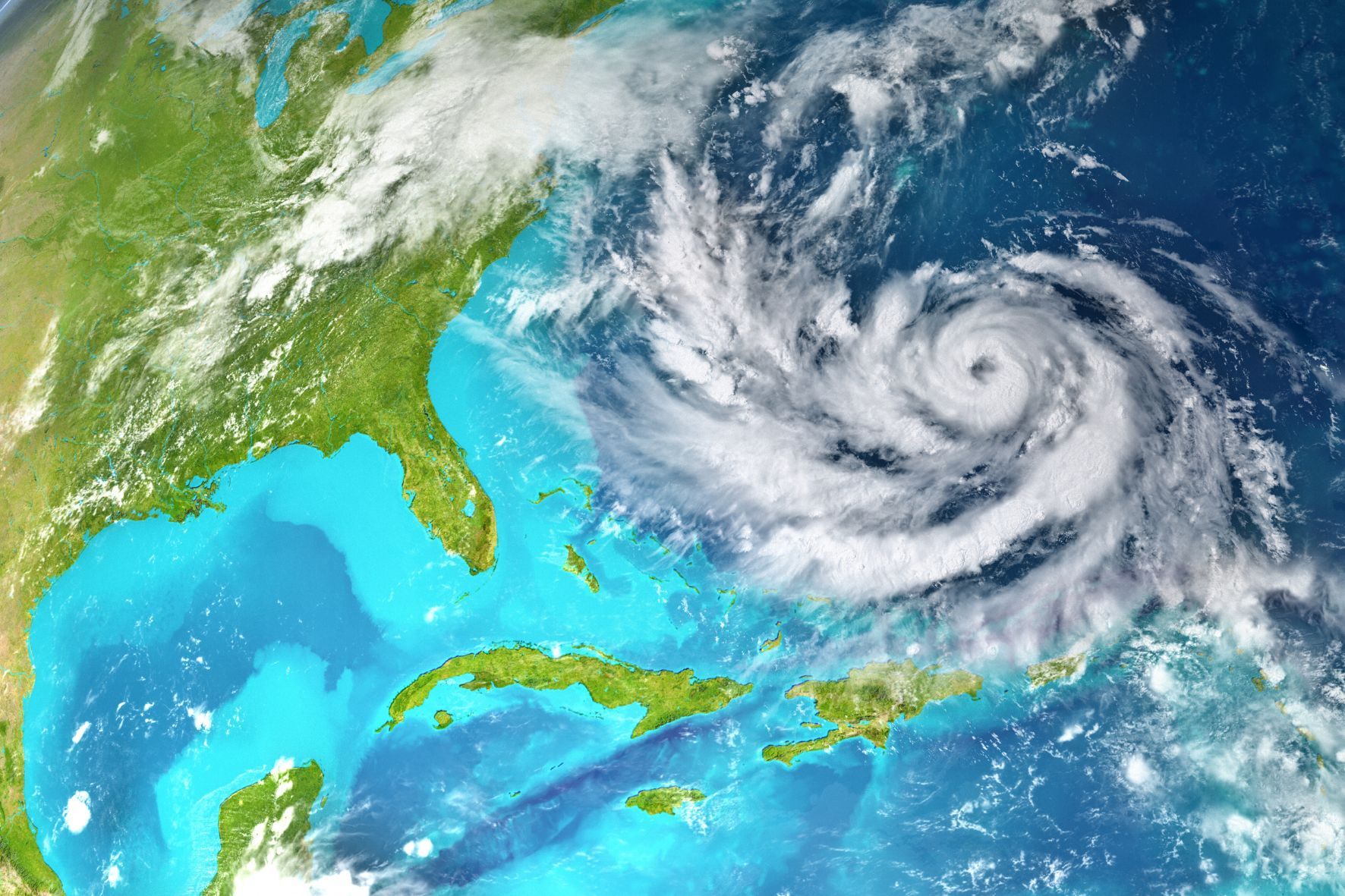
Florida-Specific Hurricane Preparations
Living in Florida means residents must be diligent in hurricane preparedness. Here are some Florida-specific steps you can take to protect your home and property:
Install Hurricane Shutters or Impact Windows: Given the frequency of hurricanes in Florida, one of the best investments homeowners can make is to install hurricane shutters or impact-resistant windows. These will protect against flying debris and the pressure changes that can lead to roof damage.
Elevate Your Home: For those living in flood-prone areas, raising your home’s foundation can prevent floodwaters from entering and causing damage. Many Florida homes in coastal regions are built on stilts or have elevated foundations for this reason.
Secure Outdoor Items: Due to the state’s subtropical climate, many Floridians have outdoor furniture, decorations, and landscaping features. In the event of a hurricane, all outdoor items should be secured or stored indoors to prevent them from becoming projectiles.
Trim Trees and Remove Debris: Florida’s lush vegetation can become hazardous during a hurricane. Trim trees and remove dead branches to prevent them from falling on your home during a storm. Clearing out debris from your yard can also reduce the risk of damage.
Prepare for Extended Power Outages: Florida’s intense summer heat, combined with potential power outages during hurricanes, can make post-storm recovery challenging. Consider investing in a backup generator to keep essential systems like refrigerators and air conditioning running after a storm.
Flood Insurance: Florida’s vulnerability to flooding makes it crucial for homeowners to invest in flood insurance, which is not included in standard homeowners insurance policies. Given the state’s high risk, flood insurance is often required for properties in designated flood zones. Be sure to review your policy and understand what is covered before hurricane season begins.
Evacuation Planning: In Florida, evacuation orders are common during hurricane season, particularly for those living in coastal or low-lying areas. Familiarize yourself with local evacuation routes and shelters, and have a plan in place for where you will go if an evacuation is ordered.
Hurricanes can cause extensive damage to homes and communities, but by understanding the risks and taking proactive steps to prepare, you can minimize their impact. From wind and flood damage to structural and utility issues, hurricanes leave a path of destruction, particularly in hurricane-prone areas like Florida. However, with proper planning, preparation, and recovery efforts, residents can protect their homes and families from the worst effects of these storms.
By reinforcing structures, securing property, and having a solid plan in place, Floridians can face hurricane season with confidence and resilience. Knowing how to assess and recover from the damage will also make the rebuilding process smoother and more efficient, ensuring a safer and quicker recovery after the storm.
As a Florida-based, family-owned business, Tru Colors Contracting understands the unique challenges hurricanes pose to homeowners. We’re here to help with all your waterproofing n eeds to prevent potential damage and are ready to assist with repairs, from pressure washing to repainting both interiors and exteriors . Contact us to day for a free quote and let us protect and restore your home with quality service you can trust.
